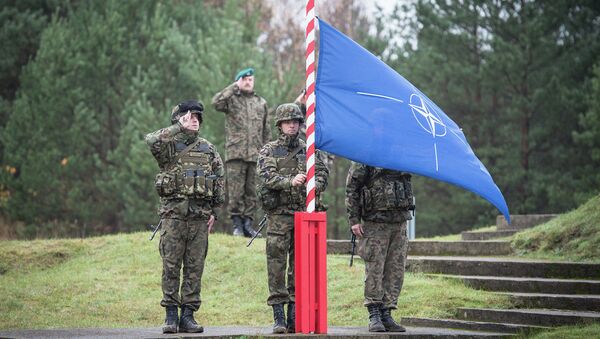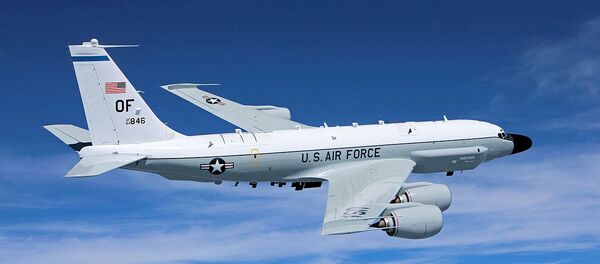A sudden US withdrawal from NATO would cost its remaining members upwards of $357 billion and require between 15 and 20 years to restore the bloc's defence capabilities, a report by the London-based International Institute for Strategic Studies suggests.
The study, sponsored by the German Foreign Ministry, accounts for the need to buy ground equipment, aircraft, air defences and warships to protect the truncated NATO's defences.
The report proposes two scenarios, each set in the early 2020s. In the first, the Europeans need to replace US naval assets which currently protect alliance interests in international sea lanes, assuming that the US has withdrawn all its forces in Europe, the Persian Gulf and the Pacific back to the US mainland for some reason. This would require NATO's remaining powers to purchase $94-$110 billion in new equipment, including $20-$31 billion for 16 new frigates, and $19-$21 billion for destroyers armed with advanced air and missile defences.
The report does not clarify what would actually prompt Russia to attack its neighbours, but is heavily focused on the country throughout, with 'Russia' mentioned 220 times in the 51 page document. Moscow has repeatedly said that it has no intention of invading or occupying anyone, and has complained, on the contrary, about NATO's creeping buildup on its borders over the last 20 years. China, often seen as the bloc's other key adversary, is mentioned only a handful of times, and never as an adversary. Terrorism, a phenomenon which has killed several hundred Europeans in recent years, is not mentioned as a serious threat at all.
NATO officials' fears about a possible US withdrawal from the military alliance escalated immediately after Donald Trump became president, with the billionaire Republican repeatedly questioning the value of the alliance in the post-Cold War world. Earlier this year, The New York Times reported that Trump had repeatedly raised the issue of withdrawing the US from NATO with his senior officials in 2018, attacking them on their insufficient defence spending and calling the alliance a drain on the US budget.
The White House called the NYT's story "meaningless" and inaccurate, stressing that the US' commitment to the alliance was "very strong."



